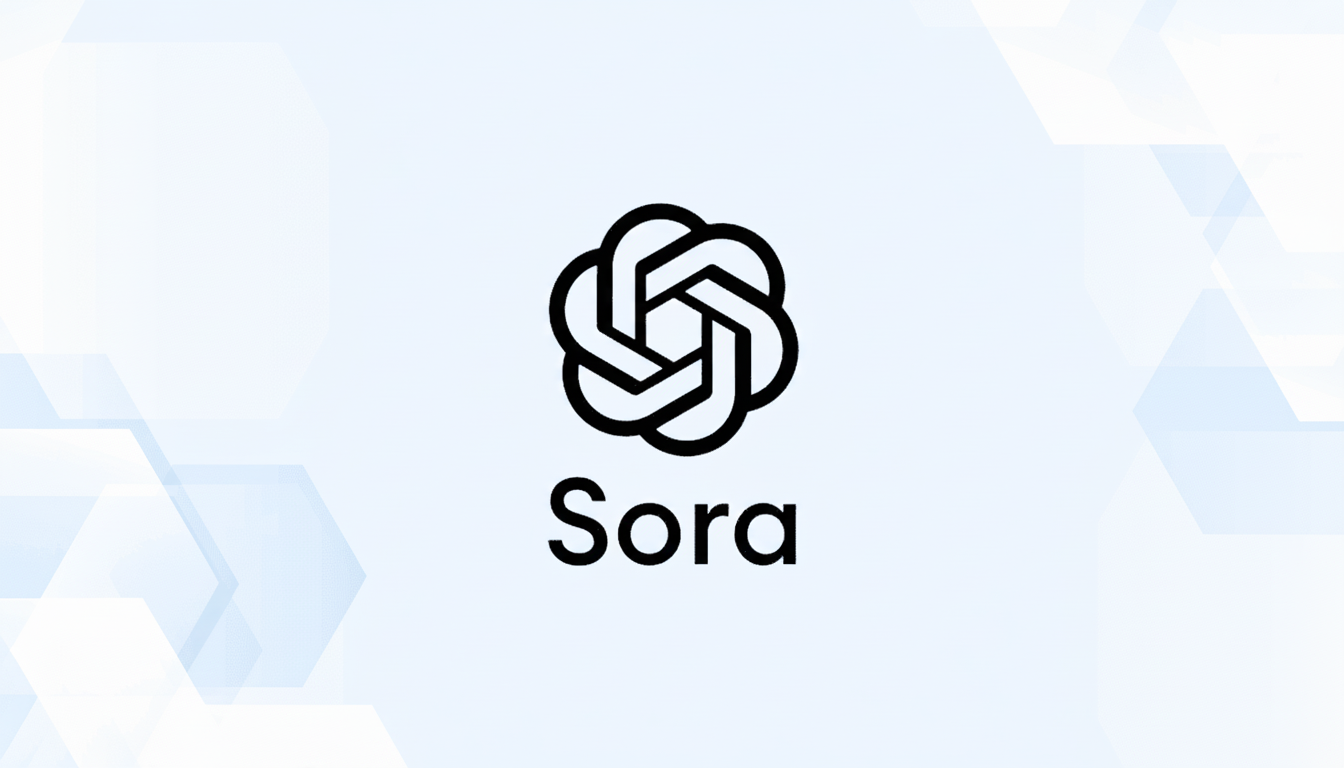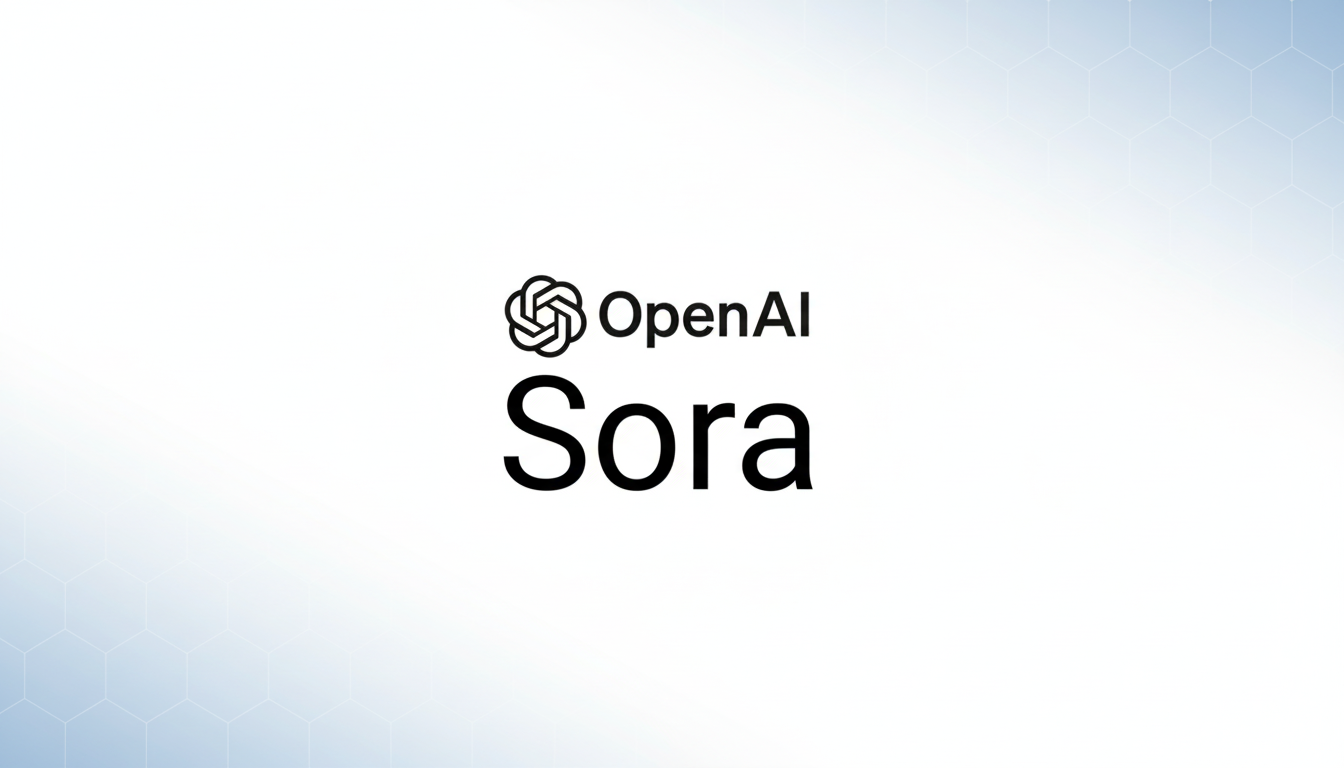OpenAI adds a paid boost to Sora — you can now pay for additional daily video generations on top of the free 30 you already receive. This decision includes costs: to rein in computing costs while signaling to creators that OpenAI will support the tool as far as they are ready to push it.
As The Verge reports and Bill Peebles, who leads Sora, confirms, OpenAI will sell an additional 10 generations for $4 per day for now, but may radically reduce the daily free cap later. With last month’s per-generation costs, Peebles described Sora’s current economics as “untenable in any way, shape, or form,” a clear sign of a large-scale reset of how high-end AI video will be financed.

How the new Sora pricing works for heavy daily users
The new purchases are designed solely for heavy users who hit the free ceiling daily; you pay as you need to fill space in your quota. For example, filmmakers who iteratively produce storyboards, or agencies mass-producing variations of the same ad for client briefing slides, may benefit.
It’s a situation that lends itself well to a pay-as-you-go model rather than a permanent subscription change; you can still use Sora for free but count on sales when you understand the limits as your work soars around creative windows.
It also indicates to casual users that free access might go down in the future. This is how other creative video platforms have navigated the demand and infrastructural impact before; from generous trial restrictions at launch to increased credits and paid higher tiers.
Why OpenAI is squeezing the free tube for Sora access
Video generation is orders of magnitude more compute-intensive than images or text. Every second of footage at high resolution taxes the system through many sequential inference steps across large models, often with inferences happening on expensive GPUs. For years, research groups and cloud providers have highlighted in industry analysis that GPU time is the largest cost driver of frontier AI; with video, among the most expensive modalities to serve at scale, the Stanford AI Index has tracked significant recent growth in the compute demands of state-of-the-art systems, while chipmakers report sustained soaring demand for high-end accelerators. In practice, this means that every “free” render carries a substantial cost.

Microtransactions around generations will prove to be a clear buffer to force-close spending in line without slamming the door on experimentation; what it means for creators and studios: For indie creators, the change introduces a comfortable variable cost into exceeded-budget accounts, similar to a management-based approach to an organizational concept; it seems to work; it appears to concern me that turning on the camera is going to perception away with a final shot; the options made many good cases to spend a few bucks, or tens; many I wouldn’t bother to book. Many agencies and brand teams see added clarity. Most of them were already on metered or credit-based plans with previsualization or Pika tools for ideation and rough cuts. Sora’s new cut-off gig rolls top-ups into that familiar habit workflow, and costs less could be folded onto campaign ropes. Still, only if oracle monkey continues to approach reliably. Cameos present licensing and pretend goofy islands.
Peebles floated a future in which companies could charge extra for cameos of popular characters inside Sora content. That notion, in turn, emphasizes a gathering fault line in the space of generative media: IP licensing and consent. A cameo marketplace would require strong rights verification, fully compliant pipelines for talent likenesses, and formidable defenses against unauthorized use. The entertainment industry is already having a hard time with synthetic performers and voice models. Over the past year, unions, studios, and platforms have established guardrails on consent and compensation. If OpenAI opts to monetize cameos, it will be expected to connect to these frameworks while also triggering another round of negotiations with rights holders.
Sora’s move is part of a larger trend in generative video: free tiers deployed to boost adoption before charging once real costs and demand pathways appear. Runway, Pika, and Luma have depended on subscriptions and credit packs for months, and large-platform new entrants have largely stayed in preview or limited access to manage scale. For OpenAI, the logic is apparent. Sora’s popularity is a double-edged sword; by limiting and pricing extra generations, the company will serve professionals and hobbyists while minimizing the impact on GPU time. If that reduced cap does materialize, the company will be gambling that the improved value — greater fidelity, longer clips, superior controls — will justify the extra spend.
OpenAI is monetizing Sora’s heavy usage in much the same way — a usage-based revenue structure that still leaves the free creation open. While the $4 add-on will disappoint some people, it does bring the actual economics of AI video and the industry’s shift from lavish demos to financially available entry into focus. For creators, it’s a minor amount of money for additional headspace when a newfound idea might only need another few takes.

